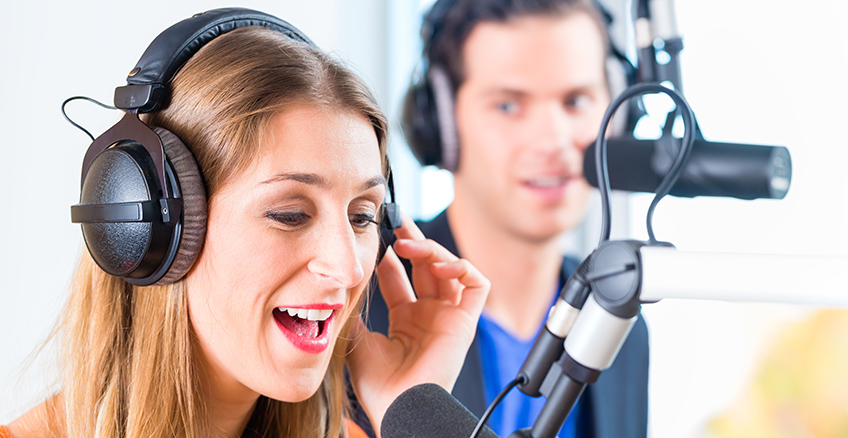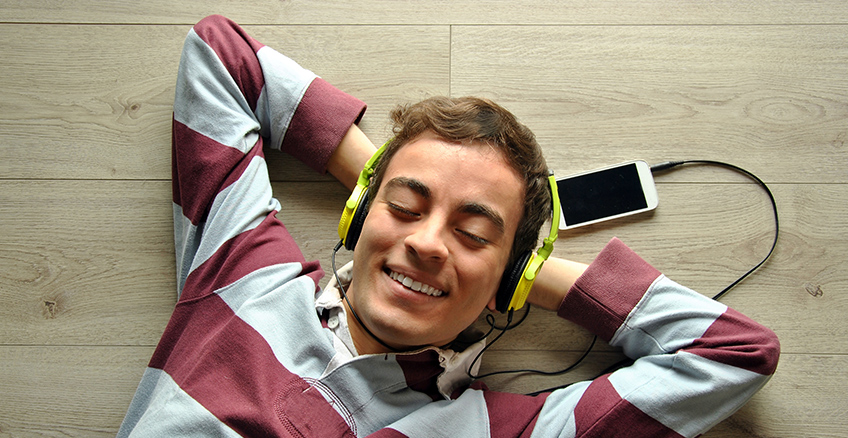Understanding voilà’s various uses helps you see the range of emotions it can express, from success and relief to simple announcements. By using these phrases, you enhance your language skills and add a special touch that appeals to both English and French speakers. ” They add a personal touch, showing someone’s presence or arrival. These sayings are common in casual talk and literature, highlighting character entries or important moments.
More Words with Remarkable Origins
It means “there is” or “here is,” indicating something or someone’s presence. It hints at something newly shown or discovered. In French, the word is used as much more than an interjection. It can mean things like here or there, as in Me voilà! The English language can be challenging enough without the addition of various foreign words being integrated into it.
They serve as a way to add emotion and detail to the speaker’s (or writer’s) message. Unadapted borrowing from French voilà (literally “look there”). Voilà is frequently used on its own to mark a special moment. It signals that something is complete or unveils something delightfully.
📘 Voilà Meaning
.jpeg)
Let’s look at its origins and how you can use it to bring excitement and emotion to your own materials. Learn French the easy way with bilingual audio stories. It literally means “See there” because it comes from the words “Vois → see” and “là → there” but with it became just one word.
Other Ways to Say “As Well As”: Expanding Your Vocabulary for Effective Communication
This charm captivates everyone from everyday people to language experts. It was a sunny afternoon when I first heard the word “voilà.” I was at a small café in Paris, savoring a warm croissant, when the waiter brought my coffee and said it. The word sounded so elegant and magical, almost like a spell. From that moment, I was curious about its meaning and usage. Remember, the right way to use voilà includes correct spelling and saying it properly, even with other words. This shows respect for its French background and its role in English, mixing both beautifully.
But the wide array of cultures and languages that have shaped America has done exactly that. Danielle McLeod is a highly qualified secondary English Language Arts Instructor who brings a diverse educational background to her classroom. “Voilà” is a French interjection which means “There it is!” / “There you go!” / “This is it!”. We use it to express satisfaction or to highlight an achievement.
.jpg)
It shows how versatile and popular the term is. The word voilà voilà is often heard in many talks today. It shines in both casual chats and more formal discussions.
It basically creates drama when making an announcement or revealing something. Like most interjections, voilà can be a standalone sentence (usually with an exclamation point), or it can be set apart by commas or em dashes within a sentence. In practice, this RAE prescription is not always followed. From vois (“see!, look!”), second-person singular imperative of voir (“to see, to look”) and là (“there”). He also asked people to offer their opinions and voila, along came Khloé.
Word of the Day
Whether you’re announcing, “Voilà, dinner’s ready,” or greeting, “Ah, voilà my nephew! This rule helps keep your use of voilà clear and true to its origins, enriching your spoken word. For English speakers, saying voilà like the French do takes some practice. Instead of a “w” sound, voilà starts with a “v” sound. Keep the ‘v’ sound clear, and end with a crisp ‘ah’.
What Does Voilà Mean? – Spelling & Examples
Using voilà right can boost your speaking style, making things you show or explain more exciting. Originating from “vois-là” in French, it means “see there.” It first appeared around the mid-16th century. Voilà shows how languages evolve and connect cultures over centuries. Voilà stands out as a vibrant signal or a stylish accent in language.











